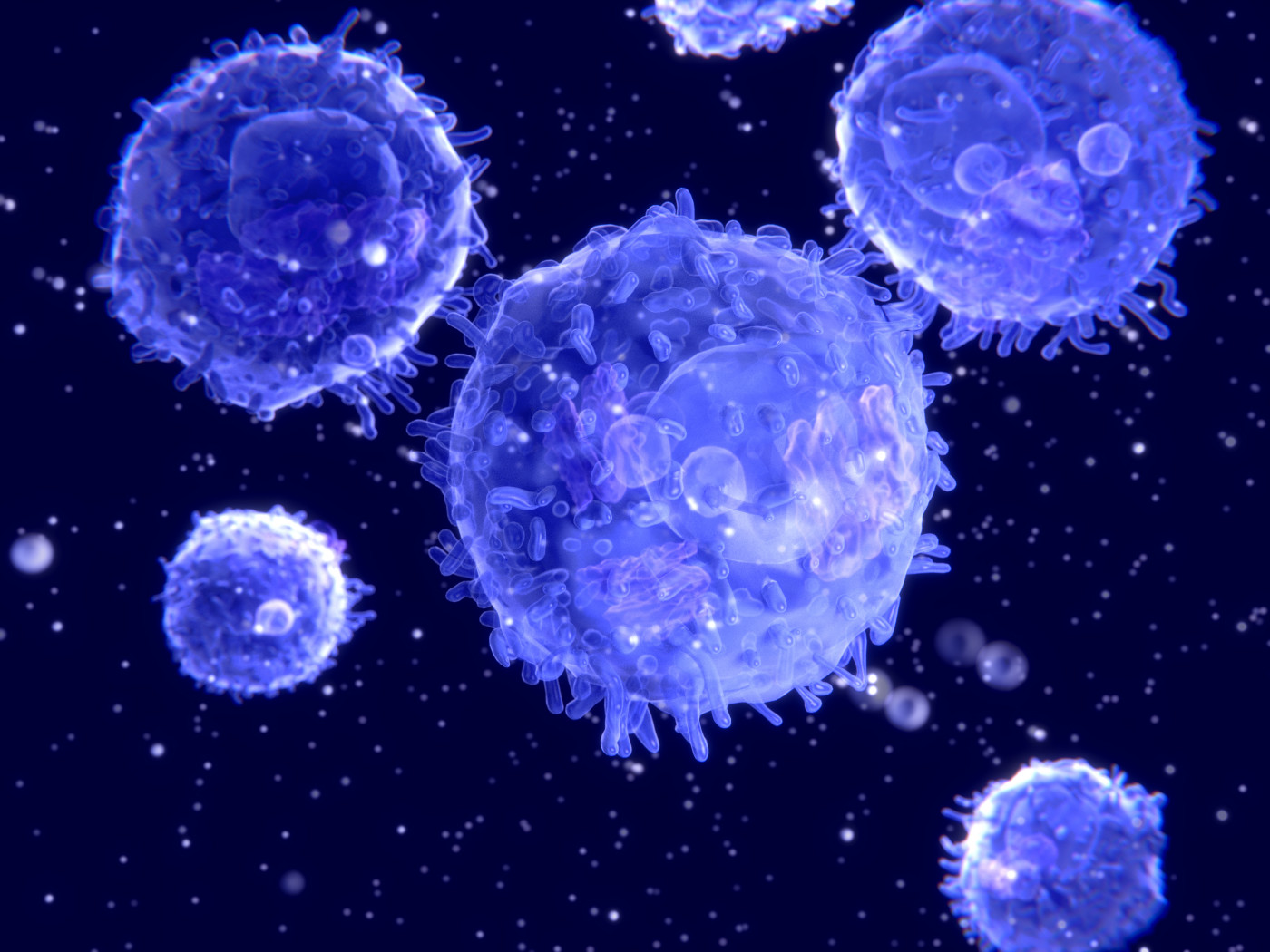Research Sheds Light on Potential Immune Changes in IPAH

A combination of lung injury and increased activation of B-cells — immune cells responsible for antibody production — was sufficient to promote symptoms of pulmonary hypertension (PH) in mice, a study shows.
In addition, increased B-cell activation and higher levels of immune cells known to promote antibody production also were found in people with idiopathic pulmonary arterial hypertension (IPAH).
Given that previous studies have suggested the potential involvement of self-reactive antibodies in IPAH, these early findings support immune dysregulation, particularly of B-cell activation, as a major contributor to the development or progression of IPAH.
Antibodies are proteins produced by the immune system to recognize foreign molecules and promote immune responses against them. In cases of immune dysregulation, as in autoimmune diseases, there may be an abnormal production of antibodies against the body’s own proteins and cells.
While this study may help to identify new potential therapeutic targets, its findings first need to be confirmed in additional studies, the researchers noted.
The study, “Loss of immune homeostasis in patients with idiopathic pulmonary arterial hypertension,” was published in the journal Thorax.
IPAH is a type of PH of unknown cause characterized by the narrowing of the pulmonary arteries, restricting blood and oxygen flow, and raising blood pressure (hypertension). This arterial narrowing is the result of pulmonary vascular remodeling, a process that involves the uncontrolled growth of smooth muscle cells, progressively thickening the arterial walls.
Increasing evidence suggests that injury to blood vessels and lungs may lead to abnormal immune reactions, “which may contribute to vascular remodeling and subsequent PH development,” the researchers wrote.
Notably, a considerable proportion of IPAH patients has higher levels of activated B-cells and self-reactive antibodies (autoantibodies), similar to what happens in autoimmune diseases.
While all these findings suggest that abnormal immune reactions against lung vascular structures play a role in IPAH, the underlying mechanisms of these responses remain poorly understood.
Now, a team of researchers in The Netherlands provided evidence that abnormal B-cell activation, along with lung injury, may be enough to promote IPAH.
They first analyzed the effects of inducing lung injury in a mouse model with increased B-cell receptor signaling due to excessive levels of a molecule called Bruton’s tyrosine kinase (BTK), and as a result more prone to autoimmune responses.
Results showed these mice had prolonged activation of B-cells and T follicular helper (Tfh) cells — a type of immune cell that collaborates with B-cells in immune responses — and self-reactive antibodies against lung vascular structures. Notably, this was accompanied by blood flow and heart abnormalities associated with PH.
None of these molecular, cellular, and physical responses were observed in mice without induced lung injury.
“Although we did not observe profound vascular remodeling in this model, these findings … suggested that increased B-cell activation may enhance the susceptibility to PH development,” the researchers wrote.
The team also found that B-cells from IPAH patients had higher-than-normal BTK levels, which were associated with increased B-cell receptor signaling, the presence of self-reactive antibodies in the blood, and higher proportions of Tfh17 cells.
Tfh17 cells are known to promote antibody production and to be associated with autoimmune diseases.
“Our findings provide evidence that enhanced [B-cell receptor] signaling in B cells and increased circulating Tfh17 cell polarisation — together with lung damage — contribute to autoimmune-mediated vascular remodeling and disease [mechanisms] in patients with IPAH,” the researchers wrote.
This also supports that immune balance, particularly of B-cells, is compromised in IPAH patients, and that “B-cell modulating therapies may hold potential for the treatment of PAH,” the team added.
Further studies are needed to assess whether B-cell suppressive therapies could be effective in IPAH patients and whether BTK levels could be used as a biomarker of B-cell self-reactivity or activation to identify patients who could benefit most from this type of therapy.
In addition, “this new perspective on the [underlying mechanisms] of IPAH may prompt future translational studies on immune cells and inflammatory mediators as a potential diagnostic or prognostic marker in IPAH,” the investigators wrote.
Still, they noted that their preliminary findings should be confirmed in other mouse models of PAH.







